How to Learn About the Baba Nyonya Culture
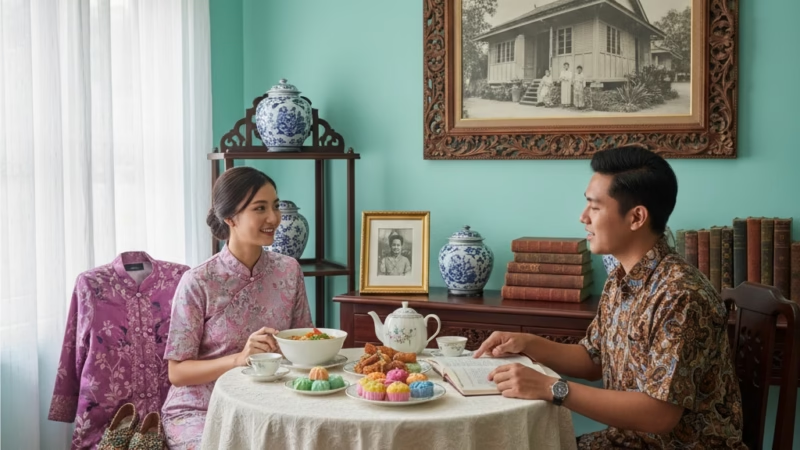
Introduction
Curious about Malaysia’s unique blend of Chinese and Malay traditions? Learning about the Baba Nyonya culture—also known as Peranakan heritage—offers a fascinating window into centuries of cultural fusion, cuisine, and craftsmanship. From visiting ornate ancestral homes to tasting flavorful Nyonya dishes, exploring this hybrid culture deepens your understanding of Malaysia’s multicultural story. Whether you’re a traveler, student, or culture enthusiast, this guide will show you exactly how to learn about the Baba Nyonya culture step by step.
Step 1: Start with the History and Origins
Before diving into experiences, understand how the Baba Nyonya community came to be. The Peranakan culture emerged when Chinese traders settled in the Malay Archipelago during the 15th century and married local Malays. Their descendants created a rich hybrid culture combining Chinese customs with Malay language, attire, and cuisine.
Tip: Read introductory books such as The Babas and Nyonyas of Malacca by Tan Chee Beng or watch documentaries on YouTube for an overview.
Step 2: Visit Peranakan Museums
To visualize this cultural blend, explore Peranakan museums in Malaysia. These heritage sites are beautifully preserved and offer deep insight into traditional lifestyle, fashion, and beliefs.
- Baba & Nyonya Heritage Museum (Melaka): A restored ancestral home displaying antique furniture and heirlooms.
- Pinang Peranakan Mansion (Penang): A lavish museum showcasing over 1,000 artifacts of Peranakan life.
Tip: Join guided tours—they often include fascinating stories about family traditions and wedding customs.
Step 3: Experience Nyonya Cuisine
Food is at the heart of Baba Nyonya culture. Try classic dishes that blend Chinese ingredients with Malay spices and cooking methods.
- Must-try dishes: Ayam Pongteh (braised chicken), Laksa Nyonya (spicy coconut noodle soup), and Kuih (colorful desserts).
- Where to go: Nancy’s Kitchen (Melaka), Auntie Gaik Lean’s Old School Eatery (Penang), or home-style Peranakan restaurants across Malaysia.
Tip: Join a Peranakan cooking class to learn recipes firsthand and understand the symbolism behind ingredients.
Step 4: Explore Heritage Neighborhoods
Walk through historic Baba Nyonya districts to see where this culture thrives.
- Melaka’s Jonker Street: Filled with antique shops, traditional houses, and local snacks.
- George Town, Penang: A UNESCO World Heritage Site with pastel-colored shophouses and Peranakan eateries.
Tip: Visit during festivals like Chinese New Year or the Peranakan Cultural Festival to witness traditional performances and costumes.
Step 5: Learn About Traditional Attire and Crafts
The Nyonya kebaya, a delicate embroidered blouse worn with a sarong, reflects Peranakan elegance. Pair it with handcrafted manek beaded shoes—a symbol of fine artistry.
Tip: Visit boutique ateliers or local tailors to see artisans creating these garments, or even have a custom kebaya made as a keepsake.
Step 6: Engage with the Community
The best way to truly learn about Baba Nyonya culture is by connecting with the people who keep it alive.
- Attend workshops on beading, batik, or Nyonya cooking.
- Join cultural associations such as The Peranakan Association Malaysia.
- Talk to locals—many families in Melaka and Penang still practice traditions passed down for generations.
Step 7: Celebrate Peranakan Festivals
Festivals showcase the vibrancy of the Baba Nyonya community.
Look out for events like:
- Peranakan Baba Nyonya Festival (Melaka) – featuring performances, fashion shows, and food fairs.
- Penang Heritage Celebration – includes Peranakan-themed tours and exhibitions.
Tip: Plan your visit around these festivals for a truly immersive experience.
FAQs
Q1: What is the difference between Baba and Nyonya?
“Baba” refers to Peranakan men, while “Nyonya” refers to Peranakan women.
Q2: Where is the best place to learn about Baba Nyonya culture?
Melaka and Penang are the top destinations due to their strong Peranakan heritage.
Q3: Is the Baba Nyonya culture still alive today?
Yes. While modernized, many families still preserve language, recipes, and attire traditions.
Conclusion
Exploring the Baba Nyonya culture is like stepping into a living museum of Malaysia’s multicultural past. From ornate mansions and delicious cuisine to exquisite crafts and warm hospitality, every element tells a story of unity in diversity. So pack your curiosity—and start your journey to discover the colorful legacy of the Peranakan people today!


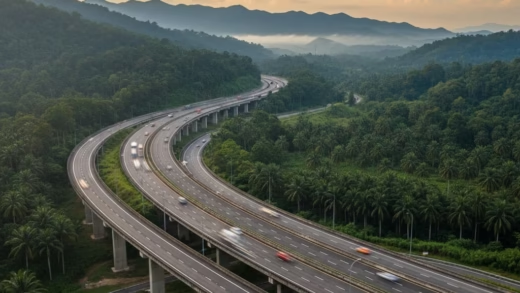
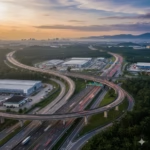
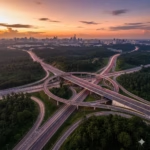
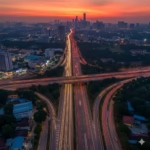
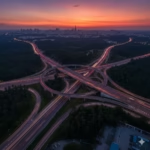
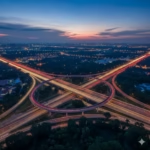
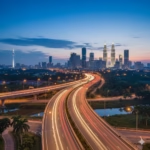
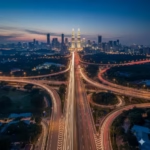
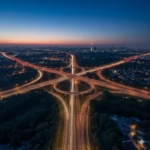
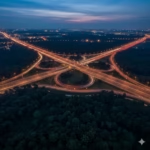
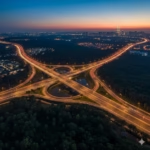
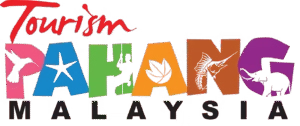
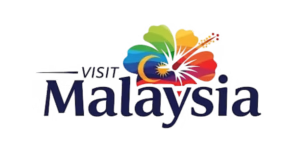
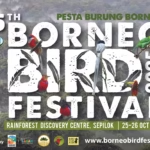
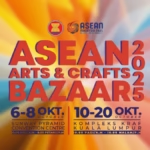
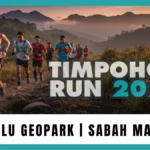

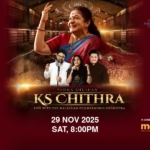
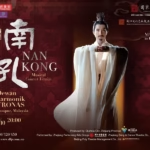
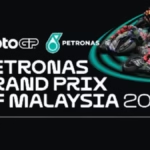
Comments are closed.